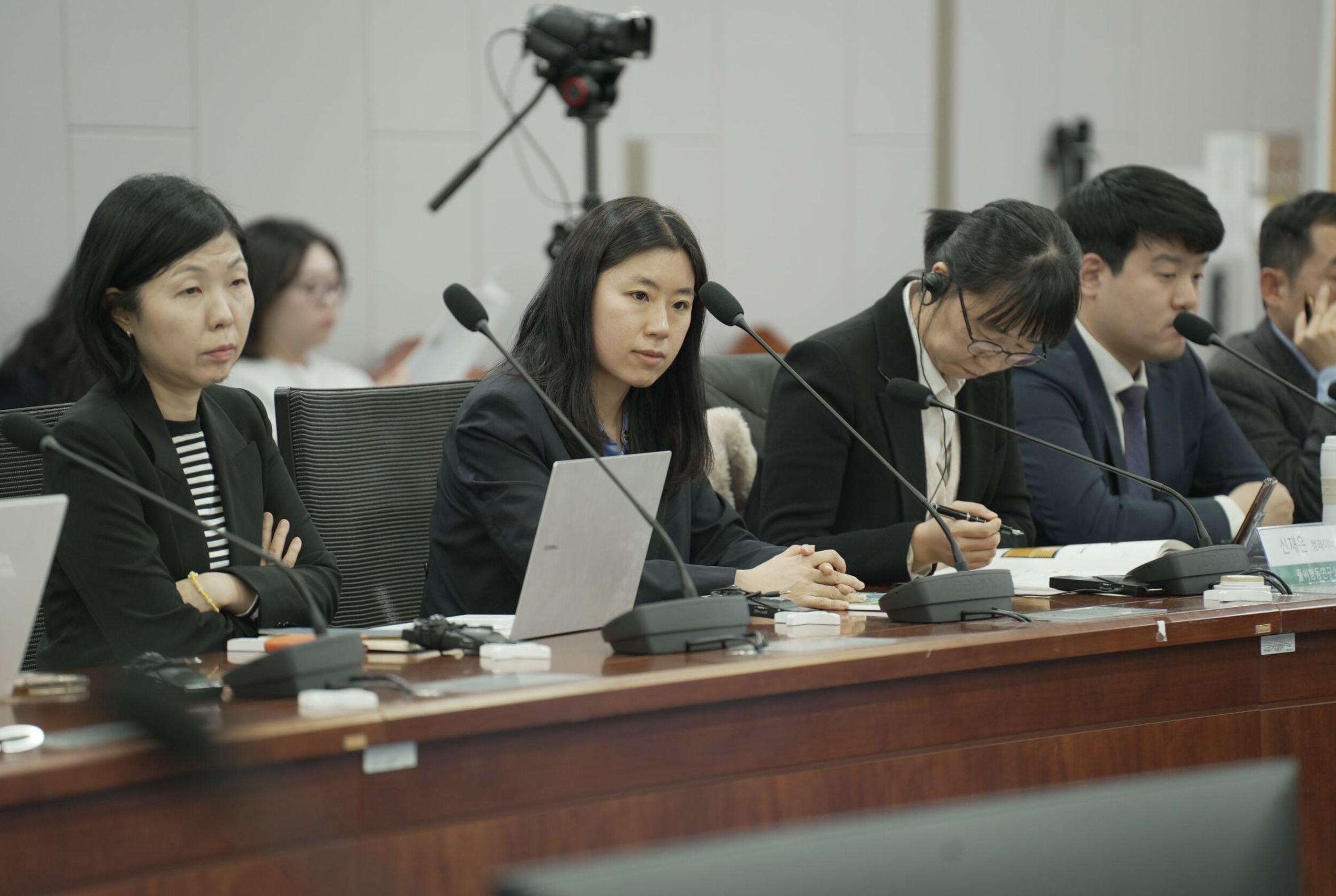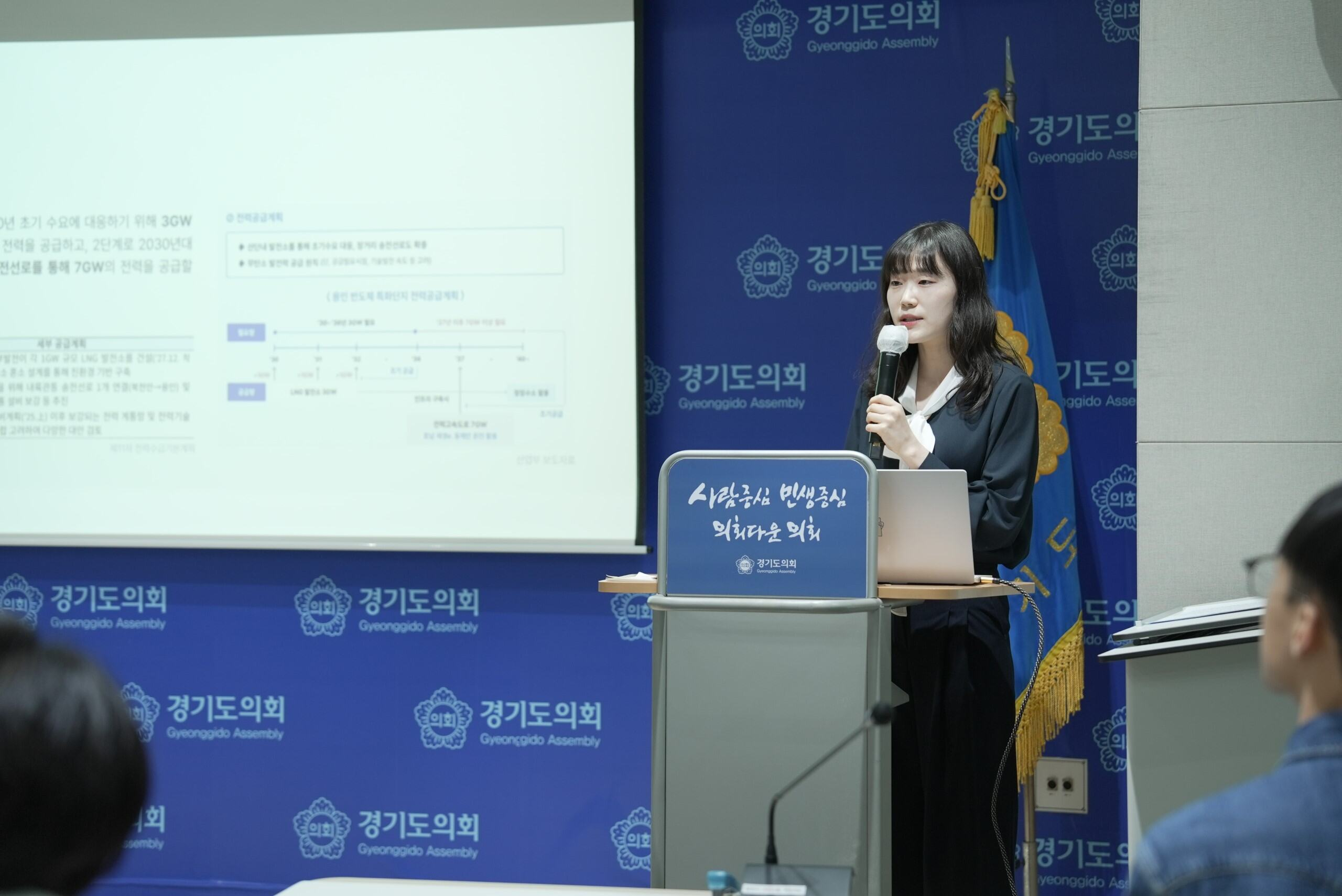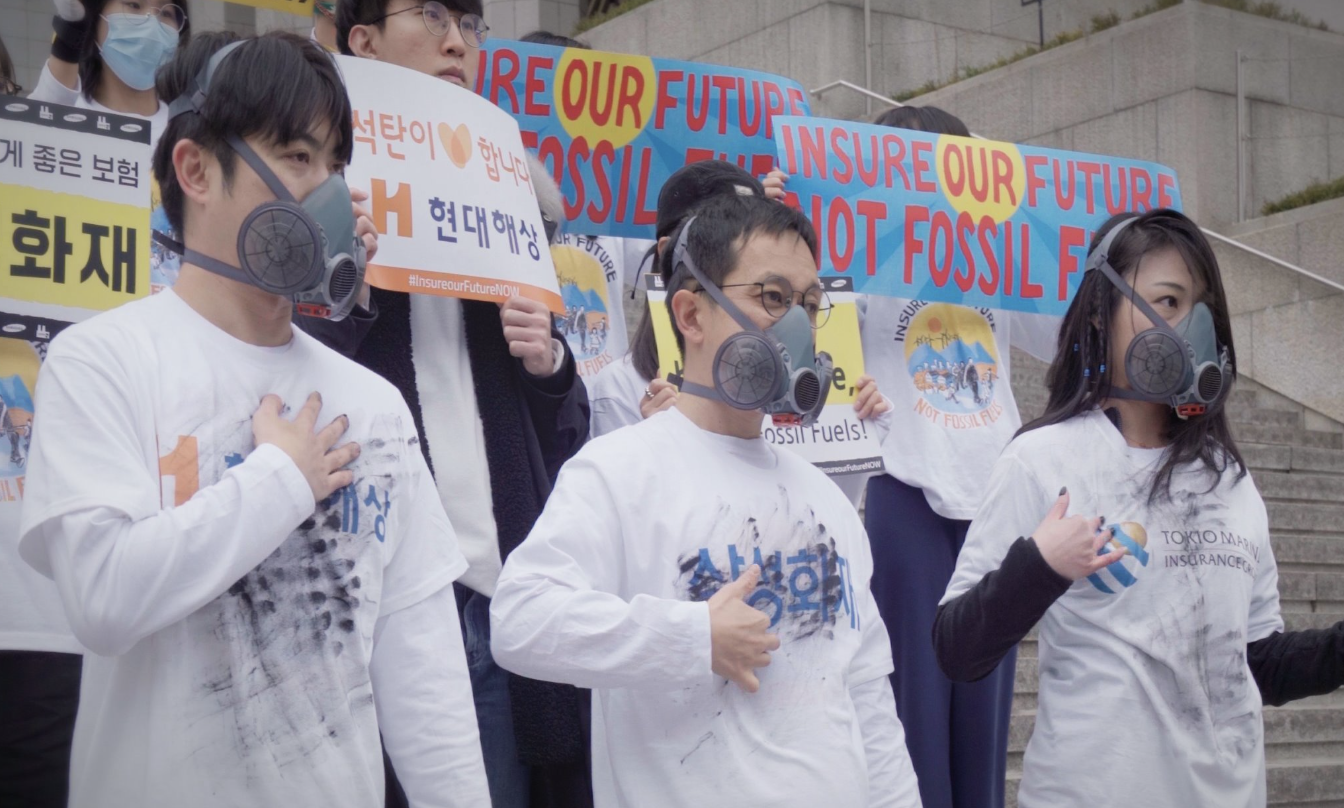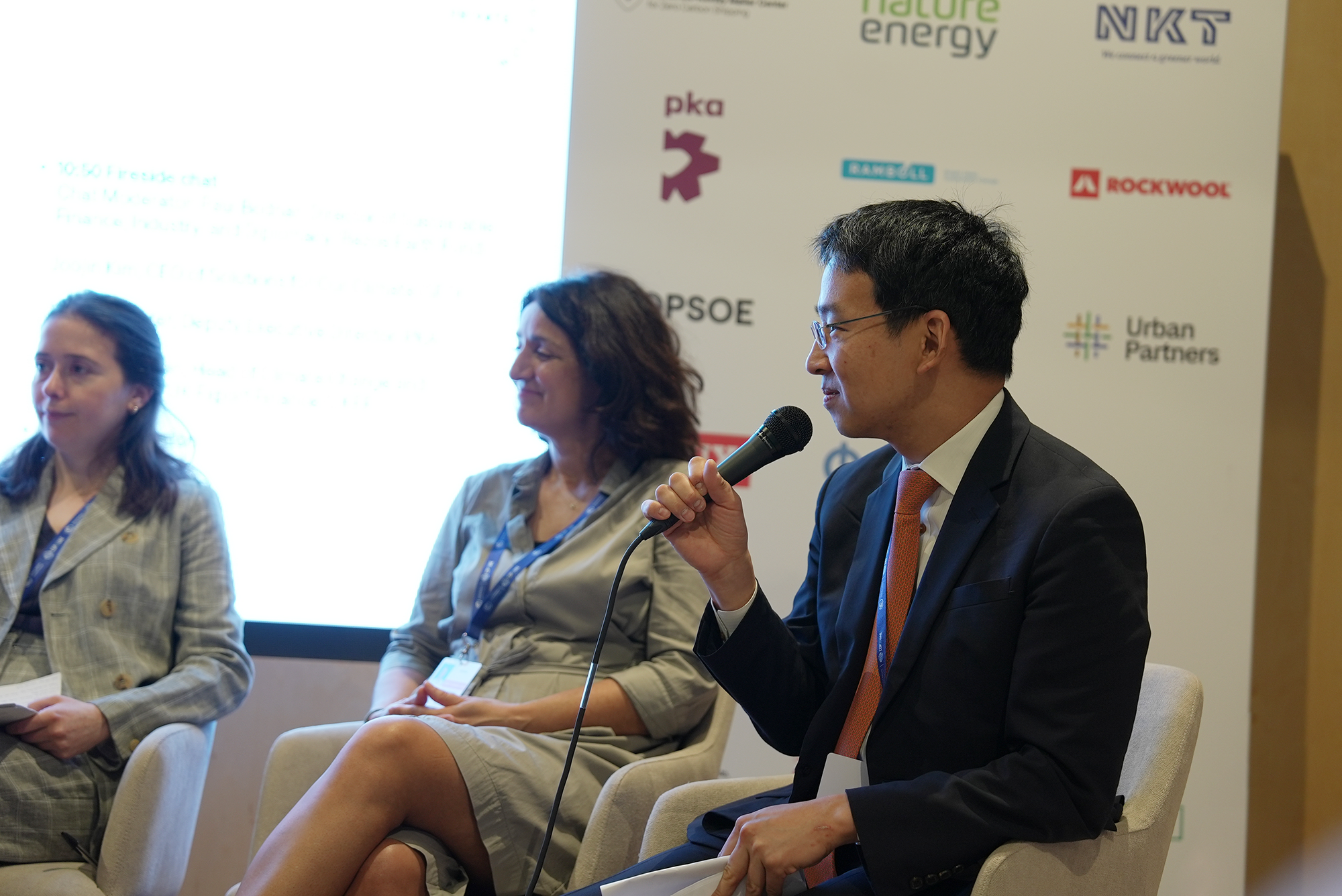
Executive summary
The Boryeong Blue Hydrogen Project, led by Korea Midland Power Company (KOMIPO) and SK E&S, is the world’s largest-scale project with a budget of over 5 trillion KRW aiming to produce 250,000 tons of blue hydrogen annually. Although the two companies promote the project as a means of achieving carbon neutrality, a detailed look into the project from the production and utilization of blue hydrogen
perspective shows that it is far from carbon neutrality.
The production of natural gases, raw material for producing blue hydrogen, leads to massive GHG emissions, but the impact of such emissions is currently not properly considered. According to U.S.’s Institute for Energy Economics and Financial Analysis (IEEFA), the upstream methane emission rate is usually assumed to be 1% when calculating the carbon intensity for blue hydrogen, but the recent expansion of satellite-based research reveals that some regions have upstream methane emission rates as high as 9.4%, indicating that there is a significant hidden greenhouse effect from blue hydrogen. Furthermore, since methane’s 20-year GWP amounts to 83 times that of carbon dioxide, when short-term impacts are also considered, the results may reverse efforts made toward 2050 carbon neutrality. If a 4% upstream methane emission rate and 20-year GWP is applied to the blue hydrogen plant planned in Boryeong, an annual blue hydrogen production of 250,000 tons may emit GHGs equivalent to emissions by 770,000 to 1.28 million cars.
Download the report below to learn more!


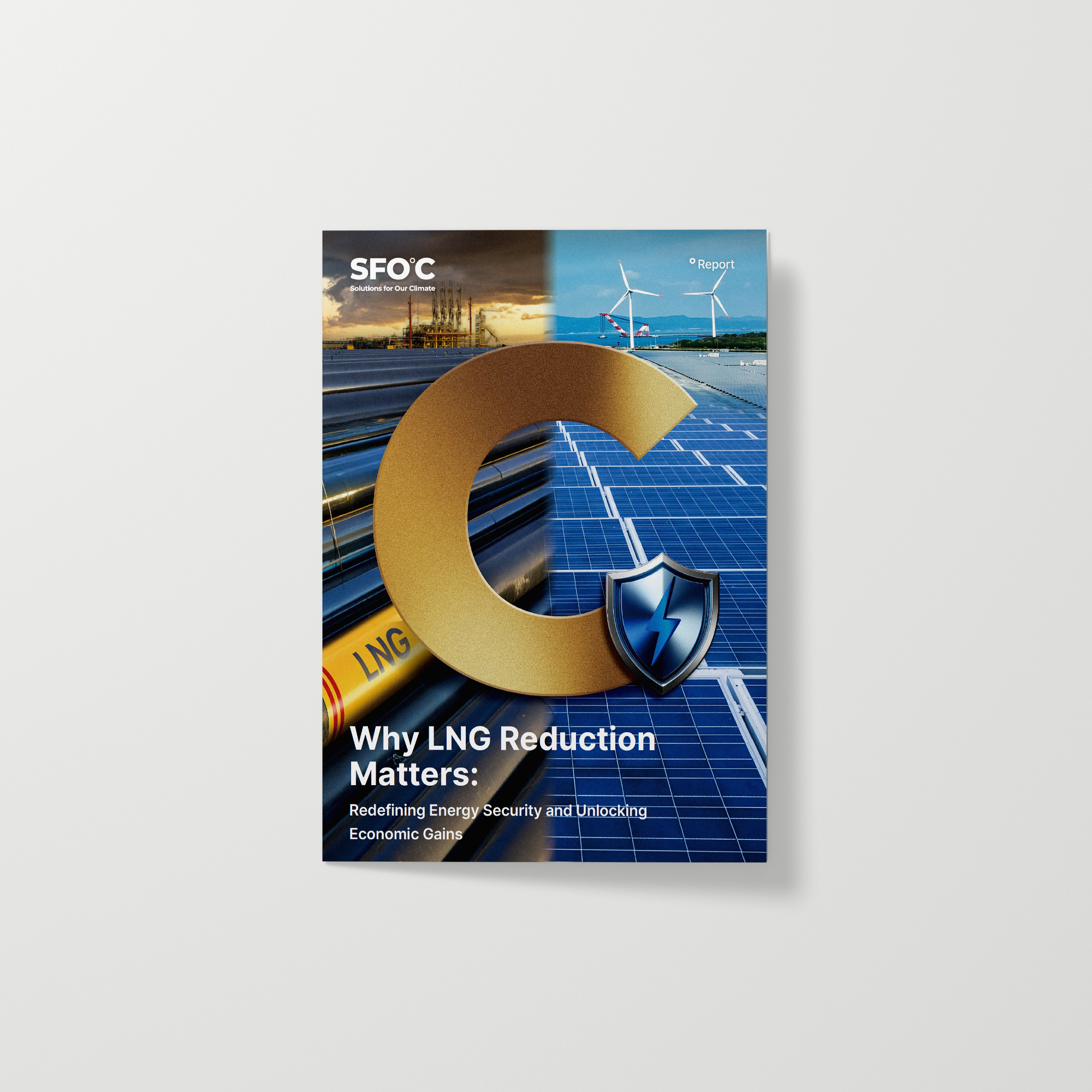
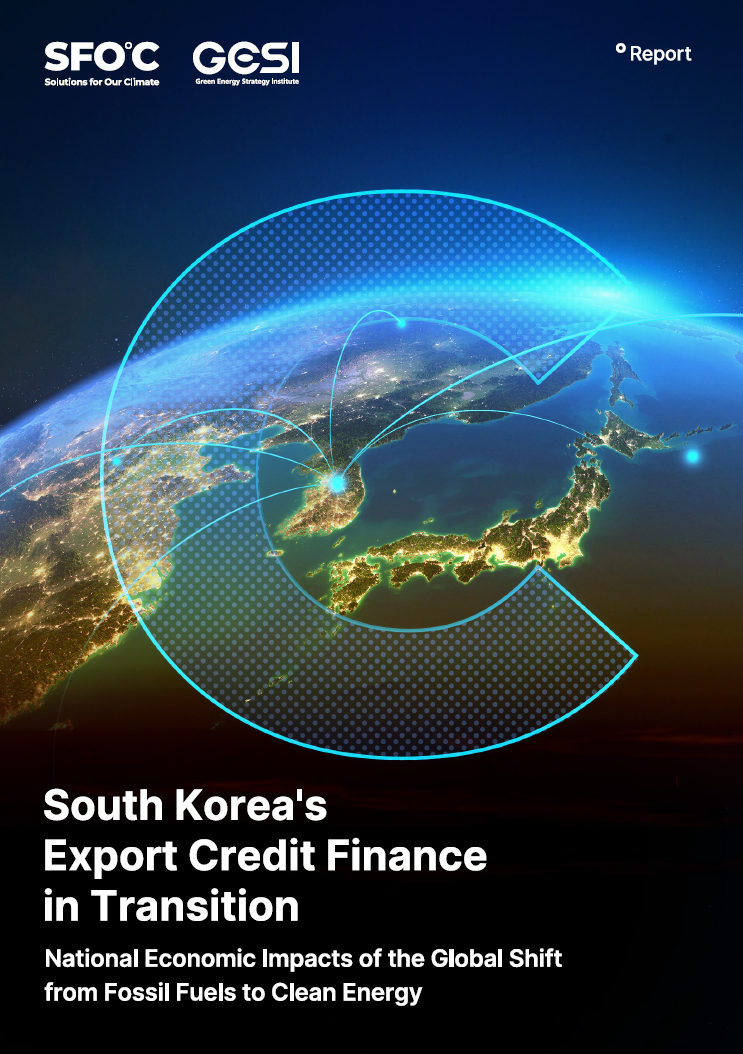
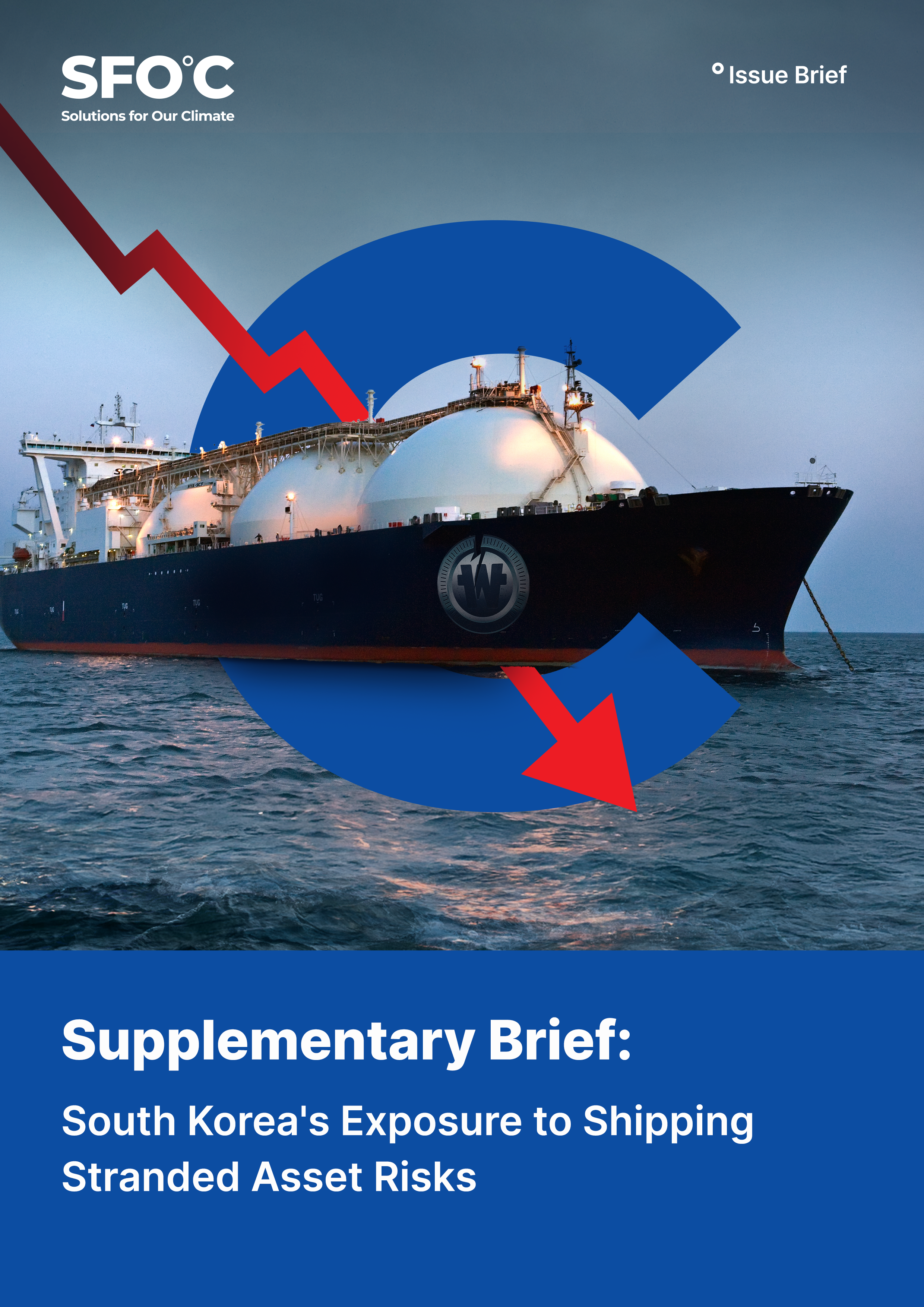

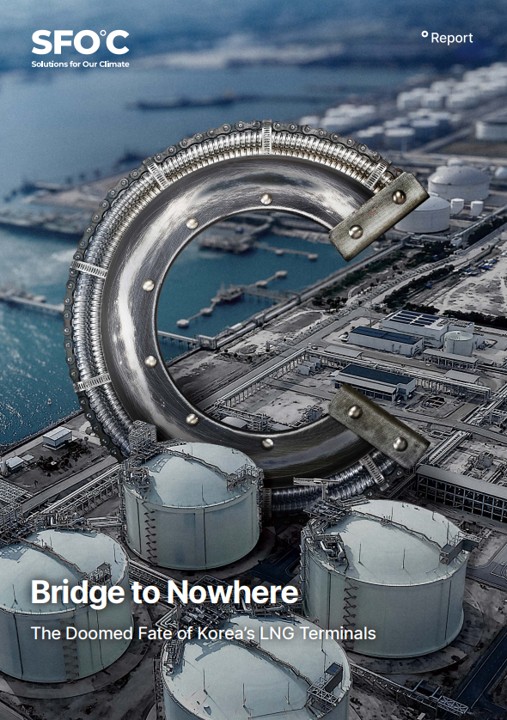
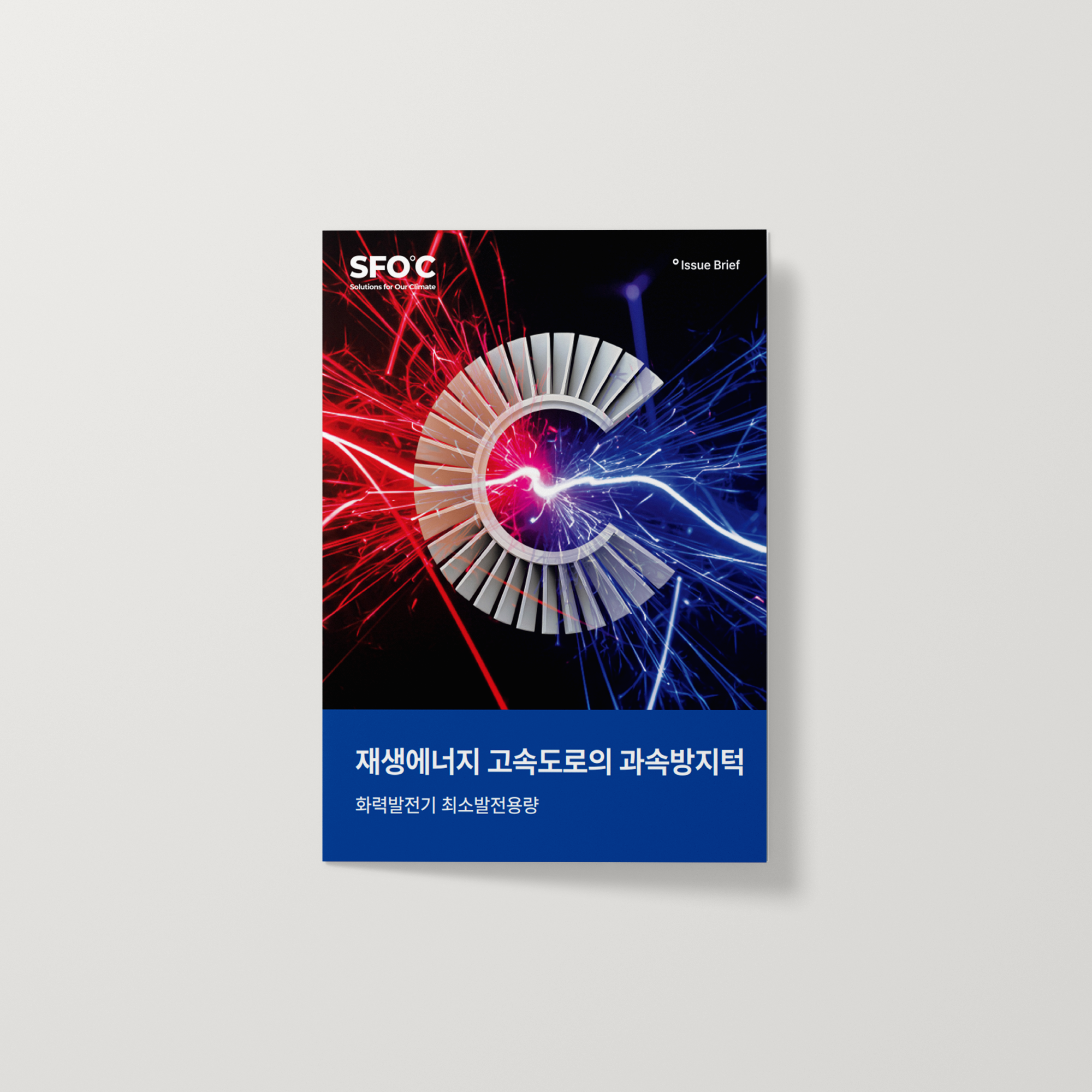
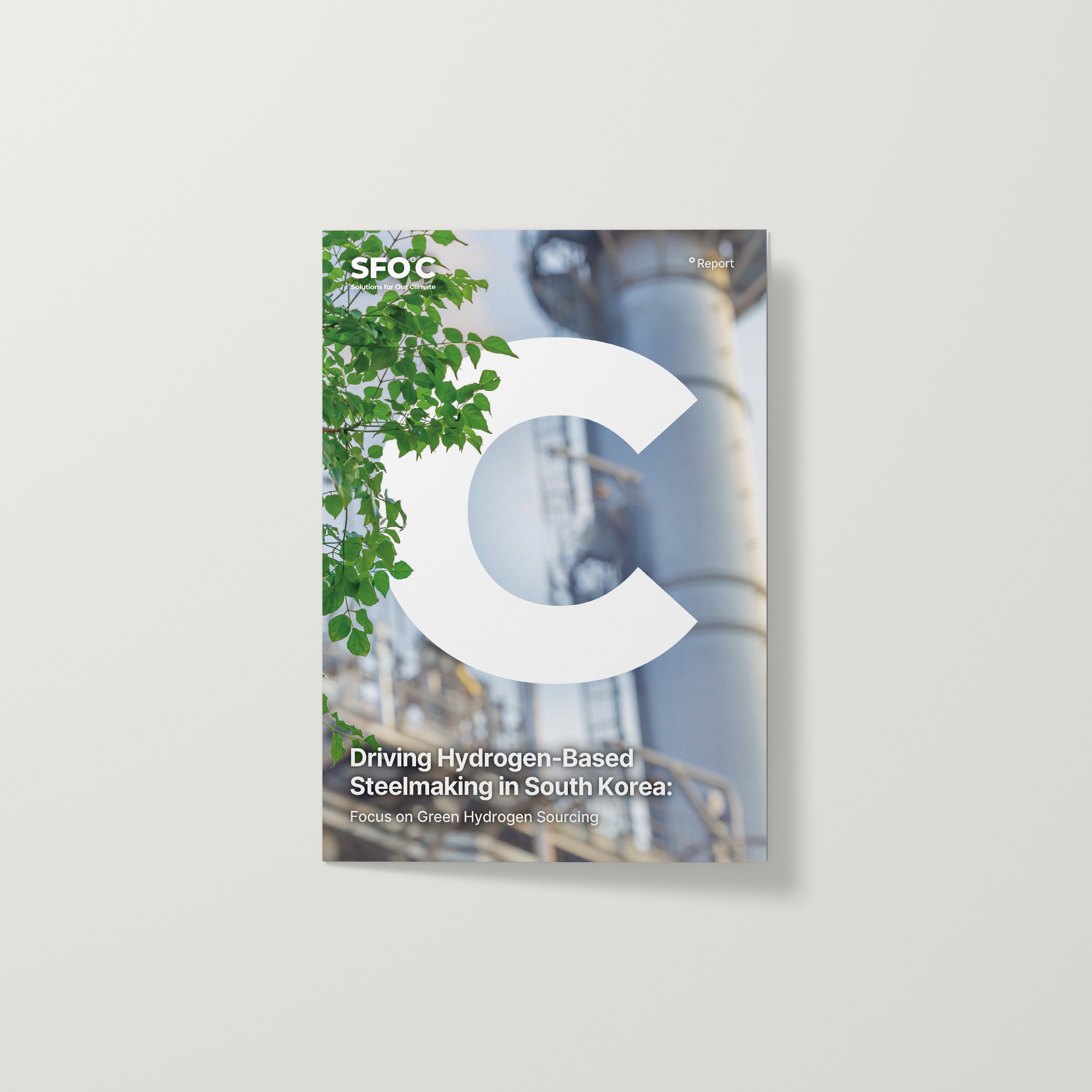









![[Brief] South Korea’s international public finance continues to block a just energy transition](https://content.sfoc.tapahalab.com/images/research/RC5Kime.jpg)





![[토론회] 한국형 녹색분류체계(K-Taxonomy), 무엇이 녹색경제활동인가](https://content.sfoc.tapahalab.com/images/research/bn8jdme.jpg)
![[이슈 브리프] 탄소포집, 이용 및 저장기술(CCUS) 현황과 문제점](https://content.sfoc.tapahalab.com/images/research/SWESdme.jpg)


